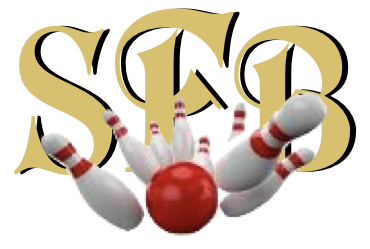Special Friends Bowling is a club for disabled adult residents of The Villages, FL. Bowling starts at 1:00 p.m. every other Saturday at Spanish Springs Lanes. The bowling fee is $7.00 for two games of 8-pin tap. Please refer to the Special Friends Bowling calendar for the schedule.
Special Friends Bowling is a descendant of The Handicapped Club started by Don Stewart in 1998. Our current leader is Coach Ray Kleczkowski. The club started with about a dozen members and in 2003 we advertised in The Villages Daily Sun newspaper to solicit new bowlers. We gained lots of interest and grew quickly. In 2009 the group voted for a name change and decided on Special Friends Bowling. Our current roster has 68 active bowlers – 31 women and 37 men.
While a few of our bowlers are independent, many live with their parents or guardians. The majority work productive jobs that support our local community. Parents and guardians are our supporters, cheerleaders and coaches. They are as involved as our bowlers and take their roles very seriously. Our group would not be as successful today without their support and dedication.
Enjoy browsing our website to familiarize yourself about us. For more information please write us.

Bowling Lane Boards
The remaining 45 feet of the bowling lane, beyond the approach, are divided into 39 boards, each of which is 1 inch wide. The boards are numbered from 1 to 39, and the bowler aims for a specific board depending on the desired angle of entry into the pins.
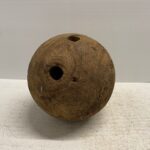
Origin of Bowling
Bowling is believed to have originated in ancient Egypt around 5,000 years ago.
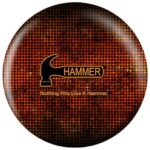
Specialty Balls
In addition to traditional bowling balls, there are also a variety of specialty balls designed for specific purposes, such as spare balls that are used to pick up spares or balls designed for throwing a straight ball.

Handle Balls
Handle balls were originally developed in the 1980s as a training aid for bowlers who were recovering from injuries. They soon became popular with bowlers of all skill levels as a way to improve their technique and consistency.

Ball Materials
Bowling balls are typically made of a variety of materials, including urethane, reactive resin, and plastic. The type of material used can affect the ball’s hook potential, durability, and overall performance.
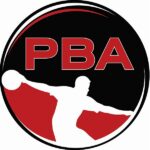
Professional Bowlers Association
The Professional Bowlers Association (PBA) was founded in 1958 and is the main professional bowling organization in North America.

The Strike Pocket
The strike pocket is between pins 1 and 2 for left-handers and between pins 1 and 3 for right-handers. If you hit the strike pocket with the correct speed and hook your ball only needs to hit 4 pins to get a strike. How hard is that?

Gutters
Gutters are positioned on either side of the bowling lane and are typically made of a smooth, polished material such as maple or pine. They are 9.5 inches wide and are angled towards the pit at a 10-degree slope.
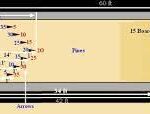
Lane Dimensions
The bowling lane is 60 feet long and 42 inches wide.

United States Bowling Congress
The United States Bowling Congress (USBC) is a sports membership organization dedicated to ten-pin bowling in the United States. It was formed in 2005 by a merger of the American Bowling Congress—the original codifier of all tenpin bowling standards, rules and regulations from 1895 onwards; the Women’s International Bowling Congress—founded in 1916, as the female bowlers’ counterpart to the then all-male ABC; the Young American Bowling Alliance, and USA Bowling.
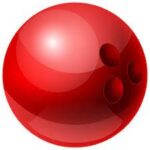
Ball Types
There are various types of bowling balls designed to help bowlers with different skill levels and styles of play. For example, beginners may benefit from using lighter, plastic balls with less hook potential, while advanced bowlers may prefer heavier balls with a more aggressive hook.

Illuminated Gutters
In some bowling alleys, the gutters are illuminated with neon lights or other types of lighting to create a more visually striking experience for bowlers.

Lane Markings
The lane is marked with various lines and arrows to help the bowler with their aim and approach.
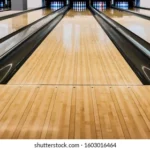
Lane Definition
A bowling lane is a long, narrow strip of polished wood or synthetic material with gutters on either side.
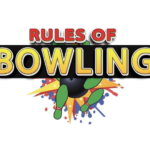
First Bowling Rules
The first standardized rules for 10-pin bowling were established in New York City in 1895.

Ball Weight
Bowling balls come in a range of weights, from as light as 6 pounds to as heavy as 16 pounds. The weight of a ball is an important factor in determining a bowler’s speed and accuracy.
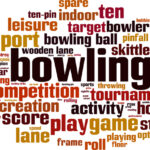
Bowling Lingo
Test your knowledge of bowling lingo on the Professional Bowlers Association website.
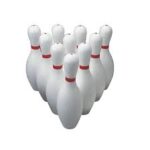
Bowling Pins
The pins used in 10-pin bowling are 15 inches tall and weigh 3 pounds 6 ounces each.
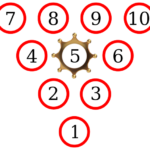
The Kingpin
The kingpin, also called a “center pin” or “five pin,” is the pin directly in the middle of the set of ten pins. Hitting the kingpin is crucial to getting a strike. If the bowler hits the group of pins lightly, the chances of this pin to remain standing is high. If the bowler hits the group of pins with the correct force and slight curve coming in, the chances of hitting this pin are greater than average.
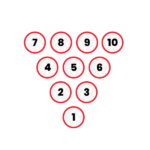
Pin Arrangement
At the end of the lane, there are 10 pins arranged in a triangle shape. The object of the game is to knock down as many pins as possible with the bowling ball.
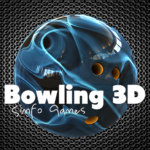
Apps & Online Resources
In addition to traditional bowling aides, there are also various apps and online resources available to help bowlers track their progress, analyze their game, and connect with other bowlers around the world.

The Jerk
The 1979 film “The Jerk” featured a memorable scene in which Steve Martin’s character invents a device to ensure perfect strikes in bowling.
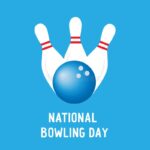
National Bowling Day
National Bowling Day occurs annually on the second Saturday in August.

Aides
Bowling aides can also be used for specific training purposes, such as bowling ramps that allow bowlers to practice their approach and release without worrying about the weight of the ball.
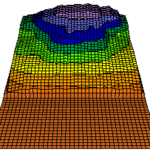
Oil Patterns
In professional bowling competitions, the oil pattern on the lanes is changed frequently to create different levels of difficulty and challenge.

Gutter Guards
Gutter bumpers can be installed in the gutters, which can be helpful for bowlers who have trouble keeping the ball on the lane.
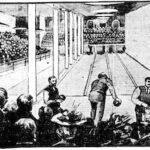
Bowling Saloons
Bowling alleys were once called “bowling saloons” and were popular gathering places for men in the late 19th and early 20th centuries.
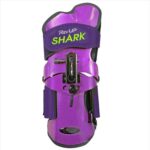
Wrist Support
One of the most common bowling aides is the wrist support, which helps bowlers maintain a consistent wrist position throughout their swing. This can be especially helpful for bowlers who struggle with wrist flexibility or strength.

Bowling Popularity
Bowling is a popular recreational activity around the world, with an estimated 95 million people in over 90 countries participating in the sport.
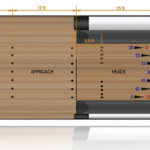
Approach & Header
The first 15 feet of the bowling lane are called the approach, where the bowler stands and throws the ball. The next 15-20 feet are called the header, the first portion of the lane that is usually hard maple to absorb the impact of the thrown balls
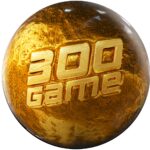
The Perfect Score
The maximum score possible in a single game of 10-pin bowling is 300, achieved by rolling 12 consecutive strikes.
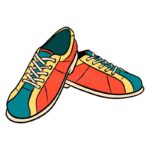
Shoes
Bowling shoes are specially designed to provide traction on the slippery bowling alley surface. The soles of the shoes are made of a special rubber material that helps the bowler maintain their footing.
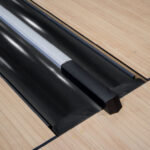
Staying in the Lane
Gutters help to prevent the ball from going out of bounds by directing it towards the pins. They are also designed to help maintain the oil pattern on the lane by catching any excess oil that may be on the ball.
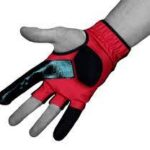
Gloves
Another popular bowling aide is the bowling glove, which can provide extra grip and support to the bowler’s hand. This can be particularly helpful for bowlers who experience sweat or oil buildup on their hand during play.
